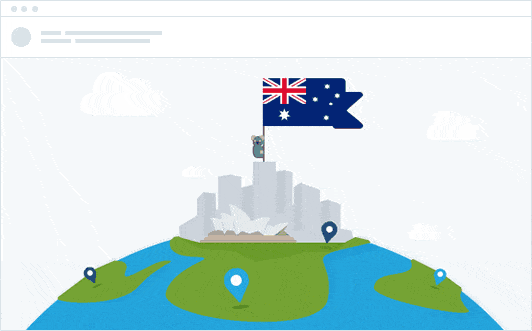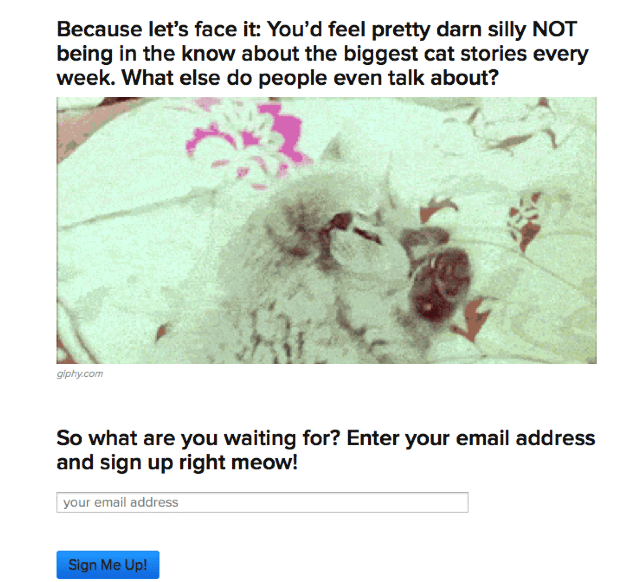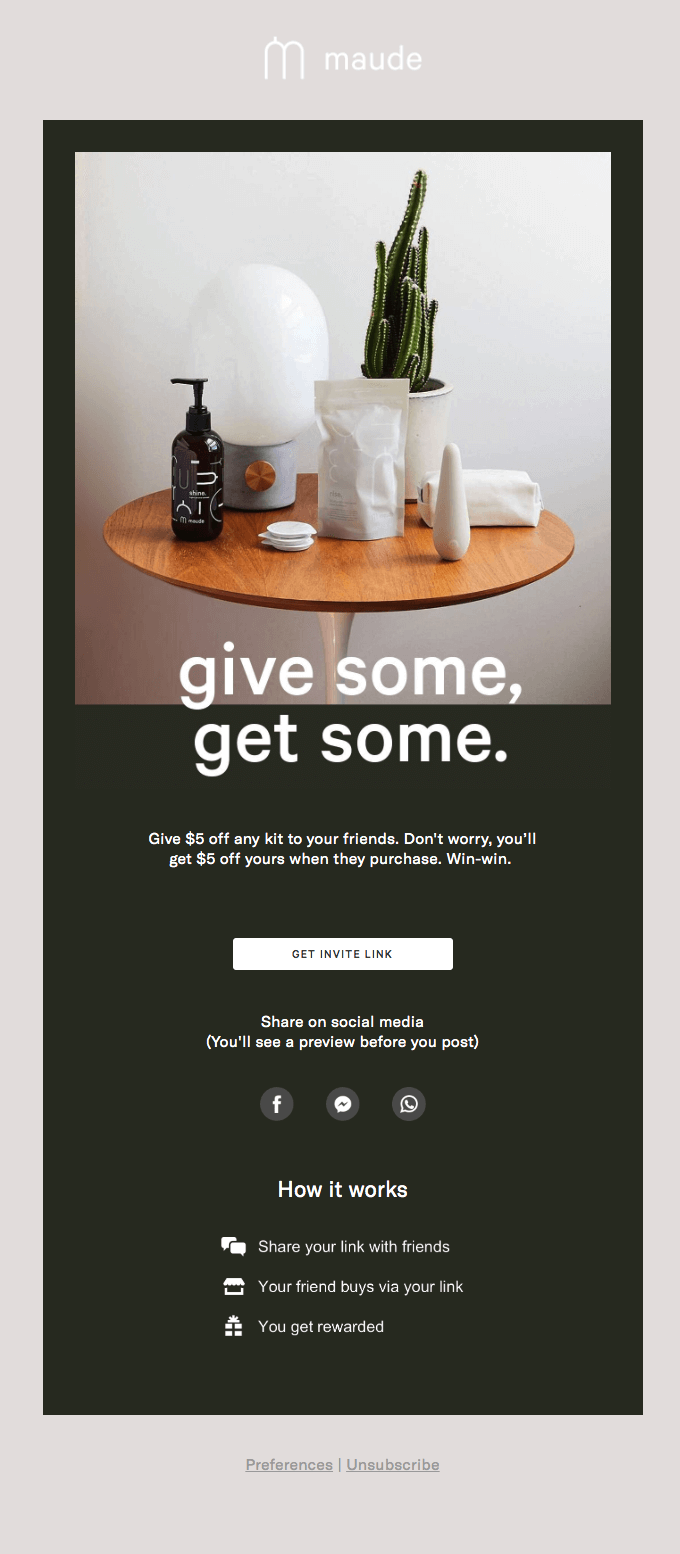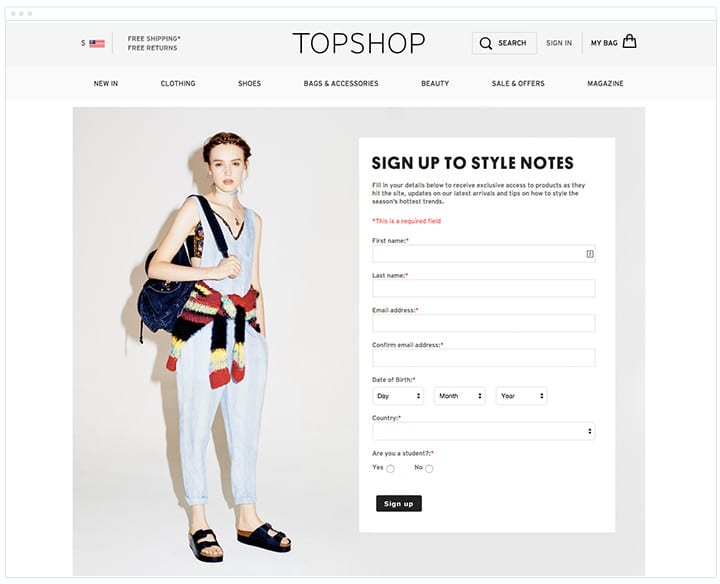You’ve probably heard that email blasts no longer work for an audience who wants and expects more from the companies they do business with.
In place of the mass emails of days gone by, subscribers want highly relevant messages that fit their unique interests and pain points. This sentiment was echoed in a Janrain study, which showed that 74% of online customers are frustrated when they receive content that has nothing to do with their interests.
The good news is that personalization in email marketing is proven to increase click-throughs. Emails with personalized subject lines are 26% more likely to be opened.
In this post, we’ll discuss how you can properly segment your email lists to send highly relevant, personalized email marketing messages that can increase engagement from your subscribers.
Types of segments & how to use them
There are many different segments you can create to provide more relevant, personalized information to your email subscribers, and each can accomplish different goals.
Why does it matter? We know that beyond relevancy, list segmentation is important from a revenue perspective. Data from the DMA indicates that segmented and targeted emails generate 58% of all email revenue. On top of this, our research found that marketers who used segmented campaigns noted as much as a 760% increase in revenue–and more than 76% of marketers say basic segmentation is part of their email marketing strategy.
Here are a few email list segments you could create to increase click-throughs in your email campaigns.
Geographic location
If you want to send localized messages to your subscribers, create segments that group your subscribers by various geographic locations. We used a segment based on location with dynamic content to increase our click-throughs 13% in a recent campaign.

Uses: Geographic segments help promote store-specific information for physical retail locations, target specific markets, and can exclude out-of-towners from messages that wouldn’t be relevant for them.
Demographics
If you are marketing to men and women within various age groups, you can use segments to group subscribers into more manageable categories. You could create a male segment, a female segment, and even segments by age range, like ages 18-21.
Uses: If you’re marketing a lot of different products, these segments will help you target the customers that are most likely to be interested in specific products and services.
Market
Market segments can separate your subscribers by market/industry to categorize by their business type.
Uses: You wouldn’t want to send the same email to everyone. Market segments help you tailor messages for industry-specific content.
Past email activity
You can also segment subscribers based on their past open or click behavior within your email campaigns as long as you have the right permissions from your subscribers.
Uses: Studying open and click-through behavior in various segments will help you pinpoint which links/content are most interesting to your subscribers for more relevant campaigns.
Workflow activity
Using workflow activity segments, you can communicate with subscribers based on where they’re at in a workflow (which can be triggered by date, date subscribed, email opens, etc.)
Uses: If you’re interested in engaging your most active email subscribers or customers who are at a specific stage in the marketing funnel, this segment can help you pinpoint customers who fit those criteria.
Buyer persona
You can create a custom segment that helps you define which buyer persona your email subscriber fits into so you can speak directly to their unique motivators and pain points.
Uses: If one of your personas is a female marketer age 25-30, you could use this custom segment to create email campaigns that pique her interest by showing products that offer to solve her work-related marketing problems.
These are just a few of the many different segments you can create to separate your subscribers into more manageable categories, but hopefully, these ideas will help you picture what segments might be relevant for your email marketing objectives.
Website activity
We touched on how you can track a person based on their email activity with you, but how about their activity on your website? If you have your site set up to track clicks that come through from email CTAs, you can engage in segmented campaign optimization for a variety of website behaviors.
See a person browsing a particular product page or hovering around it? Offer to answer any questions they might have or even send them a discount code to persuade them to make the sale. Are they a frequent visitor of the contact page, but have yet to place a call? Make an effort to offer them other communication options.
Source: Really Good Emails
Take this email for example. Notice the nice list of suggested products at the bottom. Many companies base this off of a person’s recent browsing history and present it when they shop via the site’s portal. But if you save these suggestions, they make great content to include in your email marketing.
Uses: Target groups are usually chosen by their potential to generate returns. If you know people are already interested in products, keep them grouped and continue to extend gentle offers to them on a consistent basis.
Engagement (or lack thereof) time
Every email marketer has been in this situation. You’re on the cusp of losing a number of your subscribers until you swing things back in the other direction with recovery efforts. Retention isn’t just something you do, it’s something you maintain.
So when you have a large number of subscribers (dozens or even hundreds) who have recently come back to your list after a substantial period of absence, try putting them into a segment of their own to make it simpler for you to get reacquainted.
Source: Really Good Emails
Uses: If you have a lot of people who were out for varying lengths of time, you could even divide them up into several different segments and show each one all they’ve missed. Those who have been gone the longest may need a more detailed update series, while those who just drifted off for a little are only due for a tiny refresher. Either way, it’s a great chance to get new sales opportunities even on older products.
It goes to show that, even in specific segments like these, there is still room for precision and personalization in the content you send out.
Referral accounts
In this case, we mean the users who do the referring, not the friends who are referred. You already know this segment has great potential for your brand. These people think so highly of your company that they brought their friends in, too. If you aren’t rewarding and motivating them to keep bringing in new customers, you’re missing opportunities.
Segmented campaign optimization can work for anything, even on those situations where you’re pushing for referrals rather than just general sales.
Source: Really Good Emails
Uses: If you have accounts that have referred people on more than one basis, you’re dealing with a very profitable pool of subscribers. Let’s say you’re launching a new product; target referrals for added reach. With a dedicated segment, you know exactly where to turn.
Next, let’s look at how to begin the segmentation process with data collection.
Collecting the right data from subscribers
The segmentation process begins at the opt-in when a subscriber enters his/her information into your opt-in form. This step is important, because if you’re not capturing the right field data to segment on, you could missing a huge opportunity. This is where you begin to learn about your customers–from here, you’ll be able to target the right groups, and then personalize your emails and ultimately increase ROI.
There are two main ways you can approach segmentation:
- Allow subscribers to self-segment by using separate sign up lists.
- Sort existing subscribers on the back-end using the subscriber data they’ve provided at sign up.
When we interviewed Dan Oshinsky, Director of Newsletters at BuzzFeed, we learned that they segment via method #1: By creating various separate lists with unique, page-based opt-ins for different interests (like Cats, Food, Books, etc.) Oshinsky said, “We try to let people self-segment up front based on the content they’re interested in.”
So, if a user visits their ‘Cats’ page, he or she will be presented with a sign up form for the ‘Cats’ specific newsletter.

By allowing users to initially self-segment through these different categorical opt-ins, BuzzFeed then further segments by promoting sub-categorical lists on specific site pages (like Animals>This Week in Cats.) The users are self-selecting what information they want delivered as they work their way down these segmentation funnels.
If you’re using method #2, in order to properly sort existing subscribers on the back-end, you’ll need to collect a variety of information during the initial opt-in. Without this information, you’ll have no data to pull from to set up different segments.
Your email sign up form could include fields to segment on such as:
- Name
• Address
• Zip code
• Age
• Job/Industry
• Interests
The data fields on your email sign up form will depend on what your goals are for your different segments, but be sure to make it required to complete all form fields so you can gather the proper information.
Here’s a sign up form from TopShop that’s optimized for segmentation:
Wrap up
Harnessing the power of list segmentation means sending more relevant, effective email campaigns that speak to subscribers with the information they care about most.
Try out segmentation with your subscribers and see what results it produces for your organization. Take a minute to set up or optimize your segments and your audience should respond with increased engagement.









